Code
HCS15667
Weight
30 Kg / 66.14 lbs
Size
Height
90cm (35") Width
50cm (20") Depth
29cm (11") Material
Copper
Availability
Available
Date Added
2018-09-03 13:26:35
Note : We used to sell this product 7 years ago so it may no longer be in our stock.
It is possible that we still have it with our suppliers but the price could be different from before.
Feel free to order. We will verify availability and inform you promptly.
It is possible that we still have it with our suppliers but the price could be different from before.
Feel free to order. We will verify availability and inform you promptly.

Safe Payment
We accept Paypal, Money Transfer, Bank Transfer
Confidence
Protection covers your purchase and personal data.
Worldwide Delivery
We ship Worldwide, except Russia.Shipping cost US$25.2 for upto 0.5 kgs

Hotline
Talk to help line for your question on 9841267335 Natural Finish
The Bagh Bhairav Statue [waiting For Patina Finishing], [big Statue] has no patina finishing over it. presenting a unique opportunity for personalization. As it is, the statue can be displayed in its raw form, showcasing its inherent beauty and craftsmanship. Alternatively, you have the option to further enhance the statue's appearance by applying various finishes such as gold plating, oxidation, or silver plating. Over time, if left untreated, the statue will naturally develop a patina. This is a gradual process where the surface undergoes subtle changes, resulting in a charming and distinct aged appearance. The patina adds character and depth to the statue, telling a story of its journey and the passage of time. Read More . . .
The Bagh Bhairav Statue [waiting For Patina Finishing], [big Statue] has no patina finishing over it. presenting a unique opportunity for personalization. As it is, the statue can be displayed in its raw form, showcasing its inherent beauty and craftsmanship. Alternatively, you have the option to further enhance the statue's appearance by applying various finishes such as gold plating, oxidation, or silver plating. Over time, if left untreated, the statue will naturally develop a patina. This is a gradual process where the surface undergoes subtle changes, resulting in a charming and distinct aged appearance. The patina adds character and depth to the statue, telling a story of its journey and the passage of time. Read More . . .
Lost-Wax System
This Protectors of Bagh Bhairav Statue [waiting For Patina Finishing], [big Statue] is made by the process of the Lost Wax system. This is a very complicated, time consuming and historic process of making metal sculptures.Which is why it is sometimes called Precision Casting as well. Hence the sculptures made by this process are comparatively expensive. There are many new, advanced and less time consuming methods of casting metal sculptures available as well. But due to the benefits provided by the traditional lost wax system in quality control and customization, we prefer the Loss wax system over Ceramic molding, or sand casting to make our Protectors.
Below we have tried to illustrate the process of making a loss wax system statue: Read More . . .
This Protectors of Bagh Bhairav Statue [waiting For Patina Finishing], [big Statue] is made by the process of the Lost Wax system. This is a very complicated, time consuming and historic process of making metal sculptures.Which is why it is sometimes called Precision Casting as well. Hence the sculptures made by this process are comparatively expensive. There are many new, advanced and less time consuming methods of casting metal sculptures available as well. But due to the benefits provided by the traditional lost wax system in quality control and customization, we prefer the Loss wax system over Ceramic molding, or sand casting to make our Protectors.
Below we have tried to illustrate the process of making a loss wax system statue: Read More . . .
Brief Introduction :
One of the most popular temples in Nepal dedicated to this god is the Baghrab Temple. Located in the town of Kirtipur, this temple is regarded as the guardian of the locals. This temple is dedicated to the god Bhairab, which is regarded as the guardian of the Kirtipur. The locals call him Ajudeu. The rituals related to this god are performed by the Munsi Newars.
The three-storyed temple of Baghrab, which dates back to the 16th century, is situated in a brick-paved courtyard with rest houses nearby. Its roof is made of tiles and the other two are covered with copper. The carved deities of various Hindu gods and goddesses are placed on wooden posts that support its roof.
There are eighteen minarets: the first, six in the middle, and eleven at the top. Under the eaves of the first ceiling is a very old but faded mural depicting the story of Ramayan. Various performances of Maha Bharat and the mighty goddess Durga. These paintings are red murals on a white plaster background. On the right side of the main entrance of the temple is Hifa Dyo. The blood god is allowed to directly sacrifice to Bagh Bhairab. All animal sacrifices here are sacrificed to this god, just like the stone statue Kumari. , The second gate placed on the left side of Chandeswori in Banepah and Chhetrapal, this is the beginning of the last series of steps leading to the Khadga Jogini Temple in Sankhu.
There are two torans on Hifa Dyo. They carry very fine tailoring of Asta-Matriks, Asta-Bhairabs and other gods. On the west wall of the temple, there is a hollow space considered by the locals to be Nasa Dyo, the god of music and dance. Bagh Bhairab made of clay is enshrined in the left hand corner of the temple. The three-eyed colored glaze tiger god has no tongue and teeth, and the whole body is covered with silver and copper plates, with numerous decorations. As mentioned in the stone carvings, this god is called Bagheswor (Tiger God), Bhimsen Bhattarak (Bhimsen, Ruling God), Gudei Sthanadhipati (Tiger Shape Lord) and Ajudyo (Ancestral God).
The locals believe that this god is the embodiment of prudence, knowledge, productivity and resistance to all evil forces. Therefore, auspicious ceremonies such as Kirtipur's wedding, Bratabandha (initiation ceremony for adolescent boys), Pasni (feeding rice) and other ceremonial performances can only be carried out after the ritual worship of this god.
There are eighteen minarets: the first, six in the middle, and eleven at the top. Under the eaves of the first ceiling is a very old but faded mural depicting the story of Ramayan. Various performances of Maha Bharat and the mighty goddess Durga. These paintings are red murals on a white plaster background. On the right side of the main entrance of the temple is Hifa Dyo. The blood god is allowed to directly sacrifice to Bagh Bhairab. All animal sacrifices here are sacrificed to this god, just like the stone statue Kumari. , The second gate placed on the left side of Chandeswori in Banepah and Chhetrapal, this is the beginning of the last series of steps leading to the Khadga Jogini Temple in Sankhu.
There are two torans on Hifa Dyo. They carry very fine tailoring of Asta-Matriks, Asta-Bhairabs and other gods. On the west wall of the temple, there is a hollow space considered by the locals to be Nasa Dyo, the god of music and dance. Bagh Bhairab made of clay is enshrined in the left hand corner of the temple. The three-eyed colored glaze tiger god has no tongue and teeth, and the whole body is covered with silver and copper plates, with numerous decorations. As mentioned in the stone carvings, this god is called Bagheswor (Tiger God), Bhimsen Bhattarak (Bhimsen, Ruling God), Gudei Sthanadhipati (Tiger Shape Lord) and Ajudyo (Ancestral God).
The locals believe that this god is the embodiment of prudence, knowledge, productivity and resistance to all evil forces. Therefore, auspicious ceremonies such as Kirtipur's wedding, Bratabandha (initiation ceremony for adolescent boys), Pasni (feeding rice) and other ceremonial performances can only be carried out after the ritual worship of this god.


![Bagh Bhairav Statue [waiting For Patina Finishing], [big Statue]](https://handicraftseller.com/uploads/pics/product/thumb/2018/09/15667_2.jpg)
![Bagh Bhairav Statue [waiting For Patina Finishing], [big Statue]](https://handicraftseller.com/uploads/pics/product/thumb/2018/09/15667_3.jpg)
![Bagh Bhairav Statue [waiting For Patina Finishing], [big Statue]](https://handicraftseller.com/uploads/pics/product/thumb/2018/09/15667_4.jpg)
![Bagh Bhairav Statue [waiting For Patina Finishing], [big Statue]](https://handicraftseller.com/uploads/pics/product/thumb/2018/09/15667_5.jpg)
![Bagh Bhairav Statue [waiting For Patina Finishing], [big Statue]](https://handicraftseller.com/uploads/pics/product/thumb/2018/09/15667_6.jpg)
![Bagh Bhairav Statue [waiting For Patina Finishing], [big Statue]](https://handicraftseller.com/uploads/pics/product/thumb/2018/09/15667.jpg)
![Bagh Bhairav Statue [waiting For Patina Finishing], [big Statue]](https://handicraftseller.com/uploads/pics/product/thumb/2018/09/15667_0.jpg)
![Bagh Bhairav Statue [waiting For Patina Finishing], [big Statue]](https://handicraftseller.com/uploads/pics/product/thumb/2018/09/15667_1.jpg)
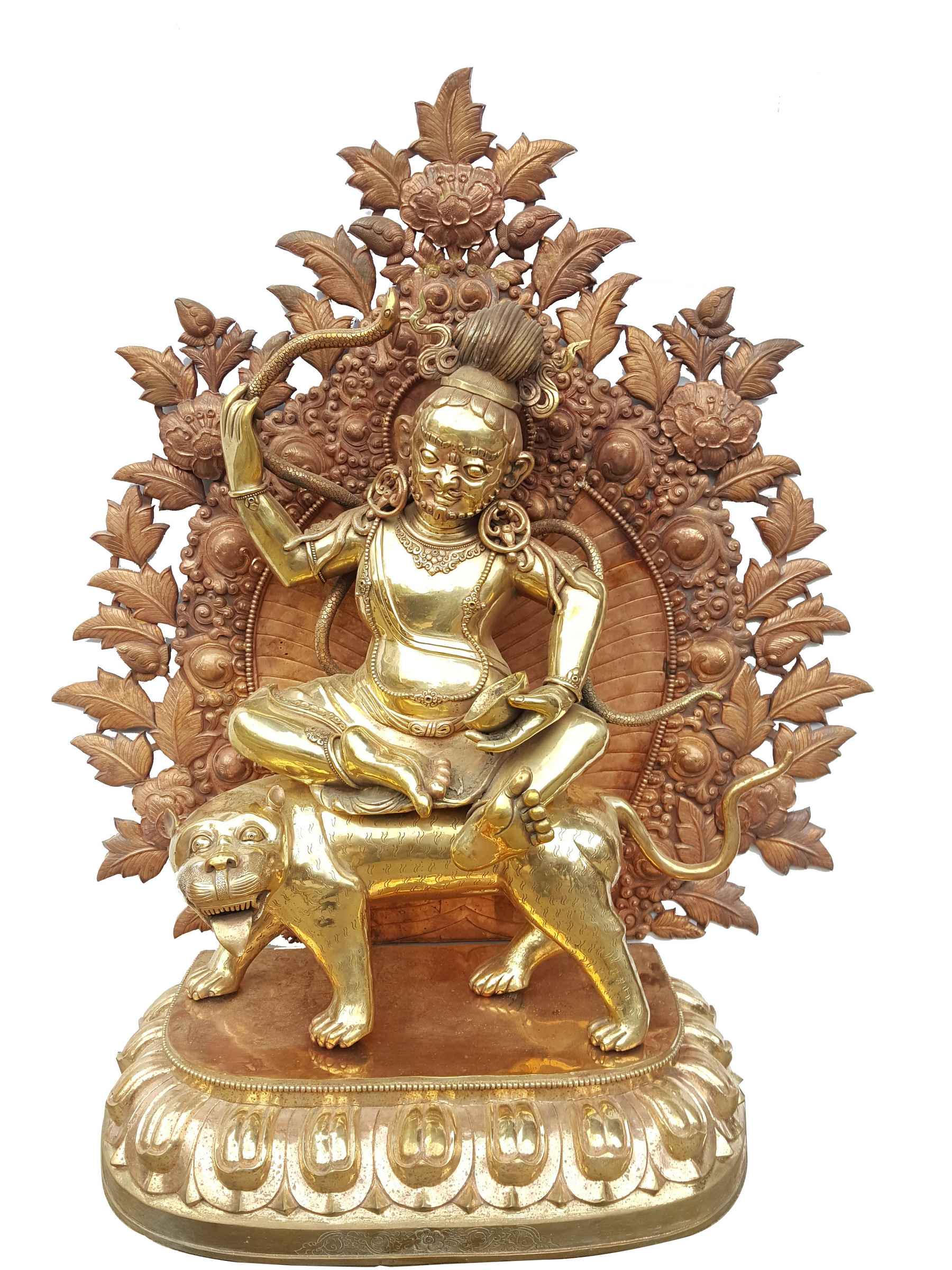

























































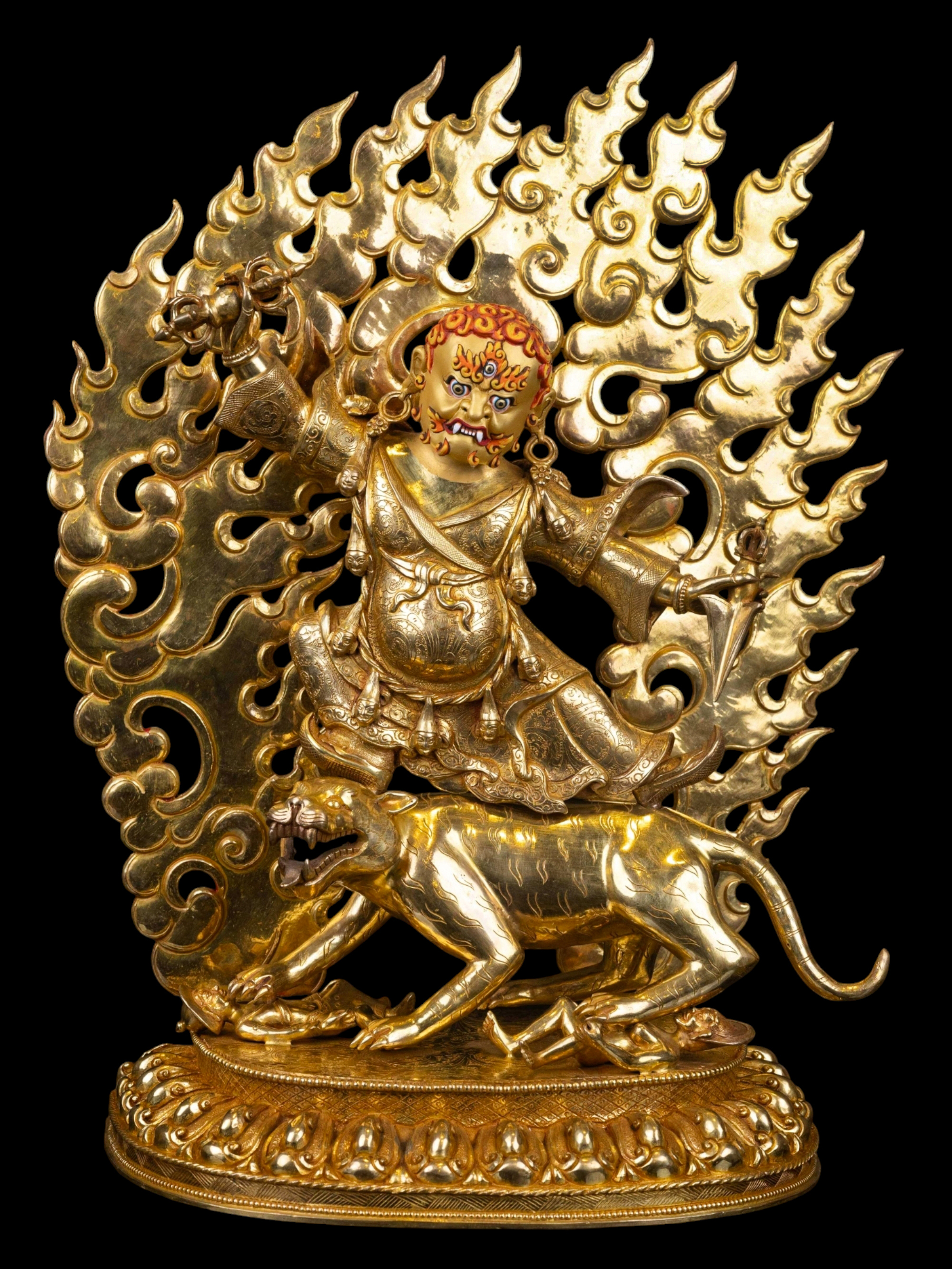 Dorje Drolo, Buddhist Handmade Statue,
Dorje Drolo, Buddhist Handmade Statue,  Dorje Drolo, Buddhist Handmade Statue,
Dorje Drolo, Buddhist Handmade Statue, 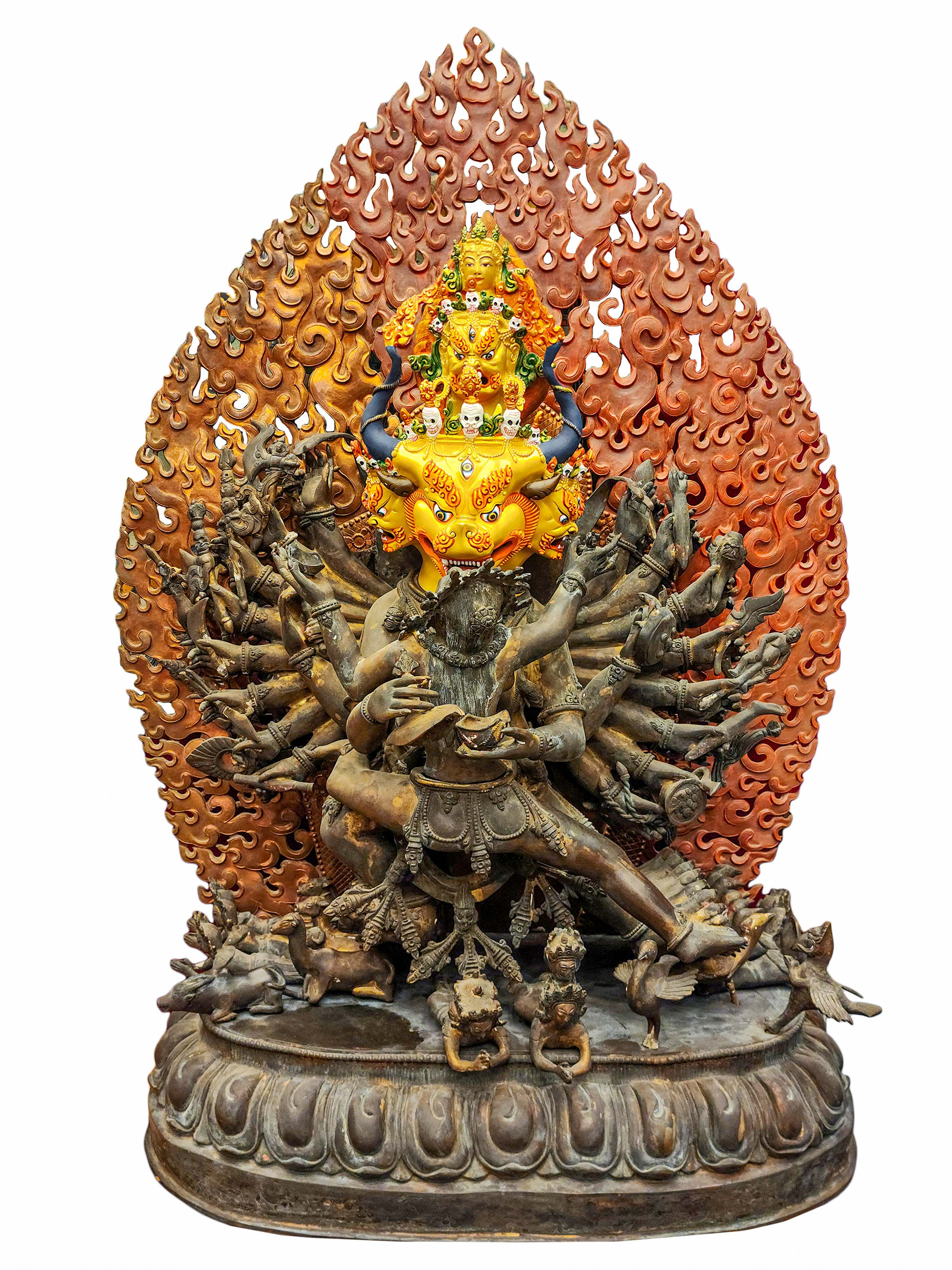 Yamantaka, Buddhist Handmade Statue,
Yamantaka, Buddhist Handmade Statue, 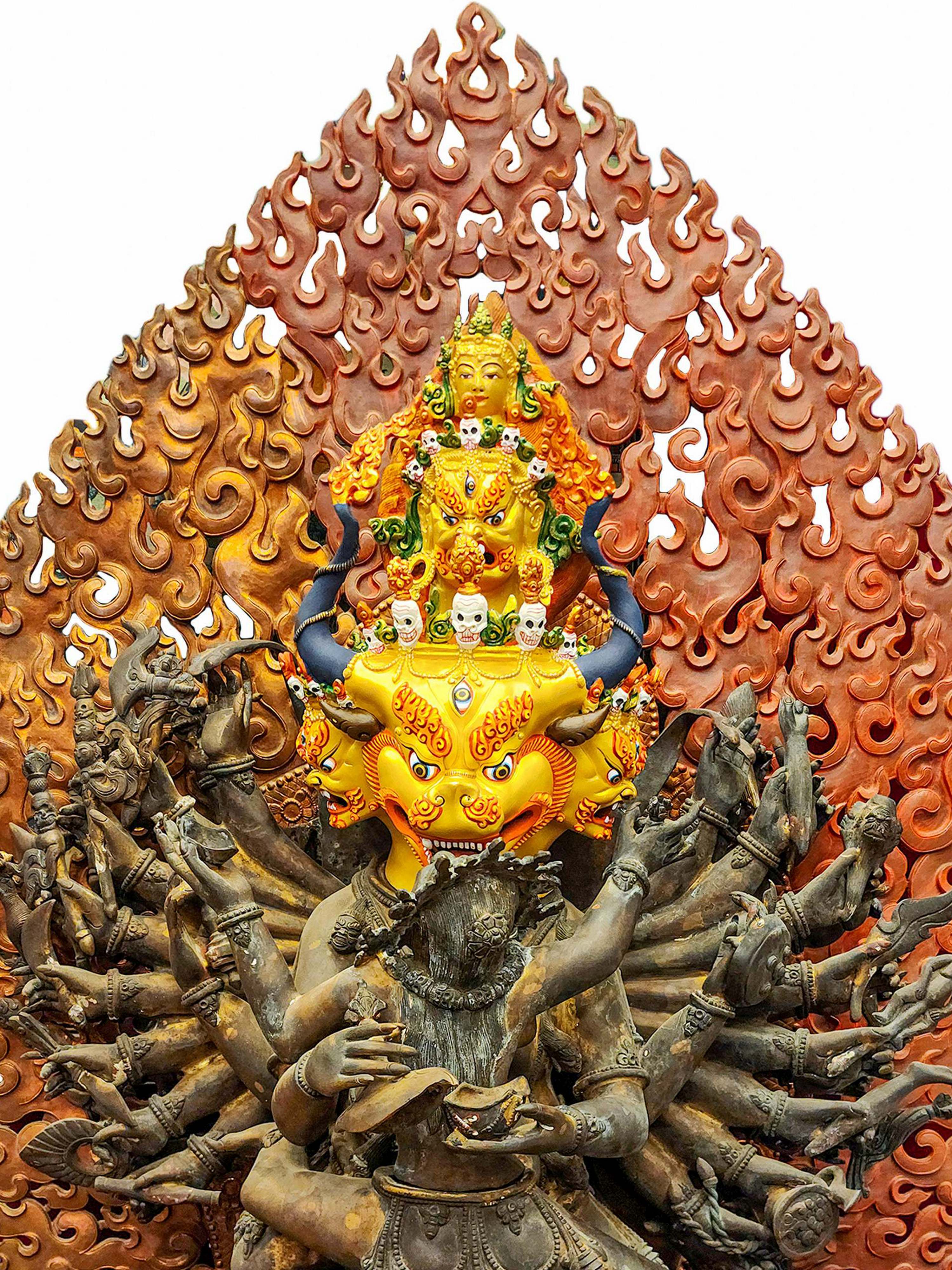 Yamantaka, Buddhist Handmade Statue,
Yamantaka, Buddhist Handmade Statue, 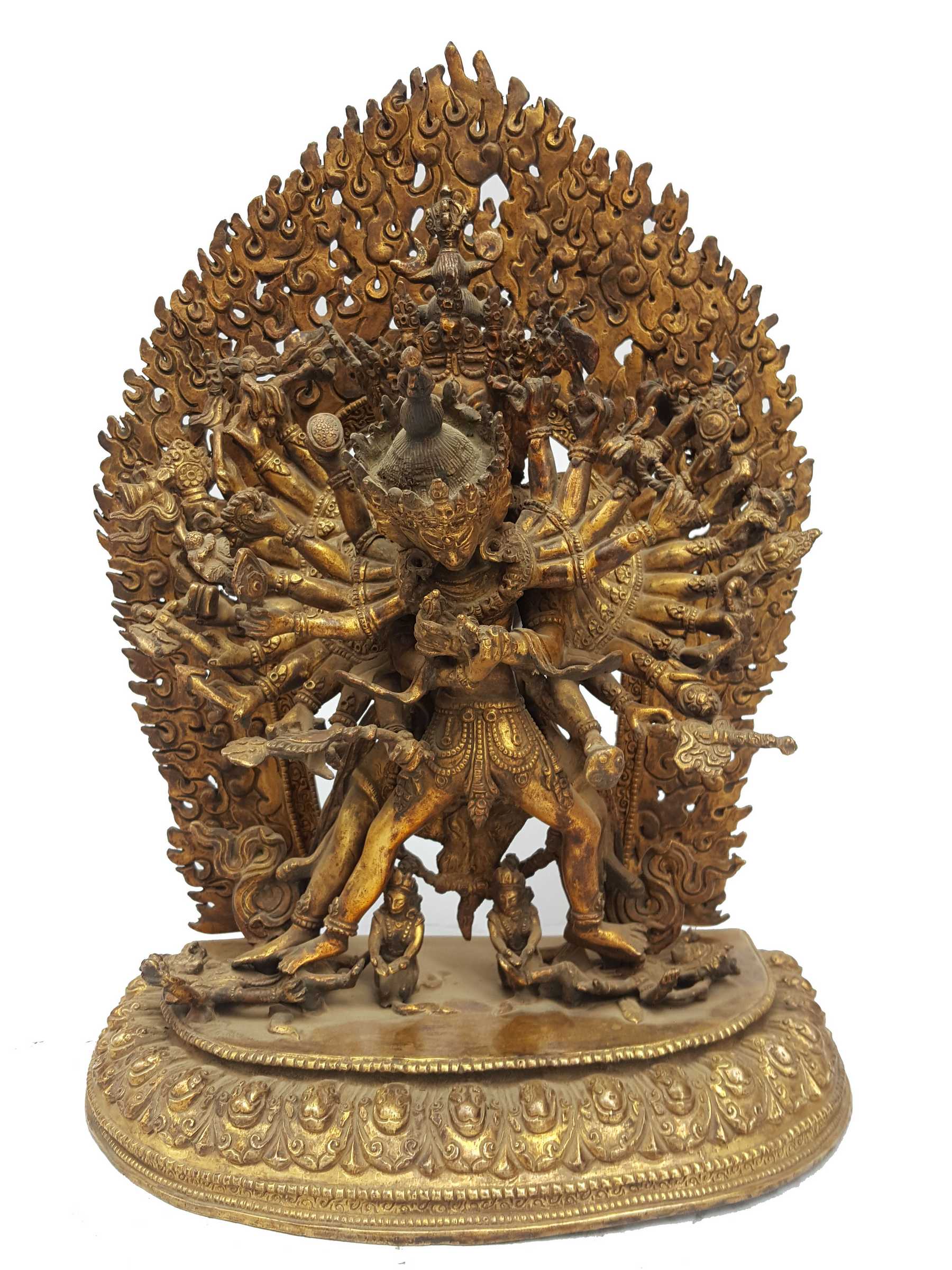 of Kalachakra
of Kalachakra 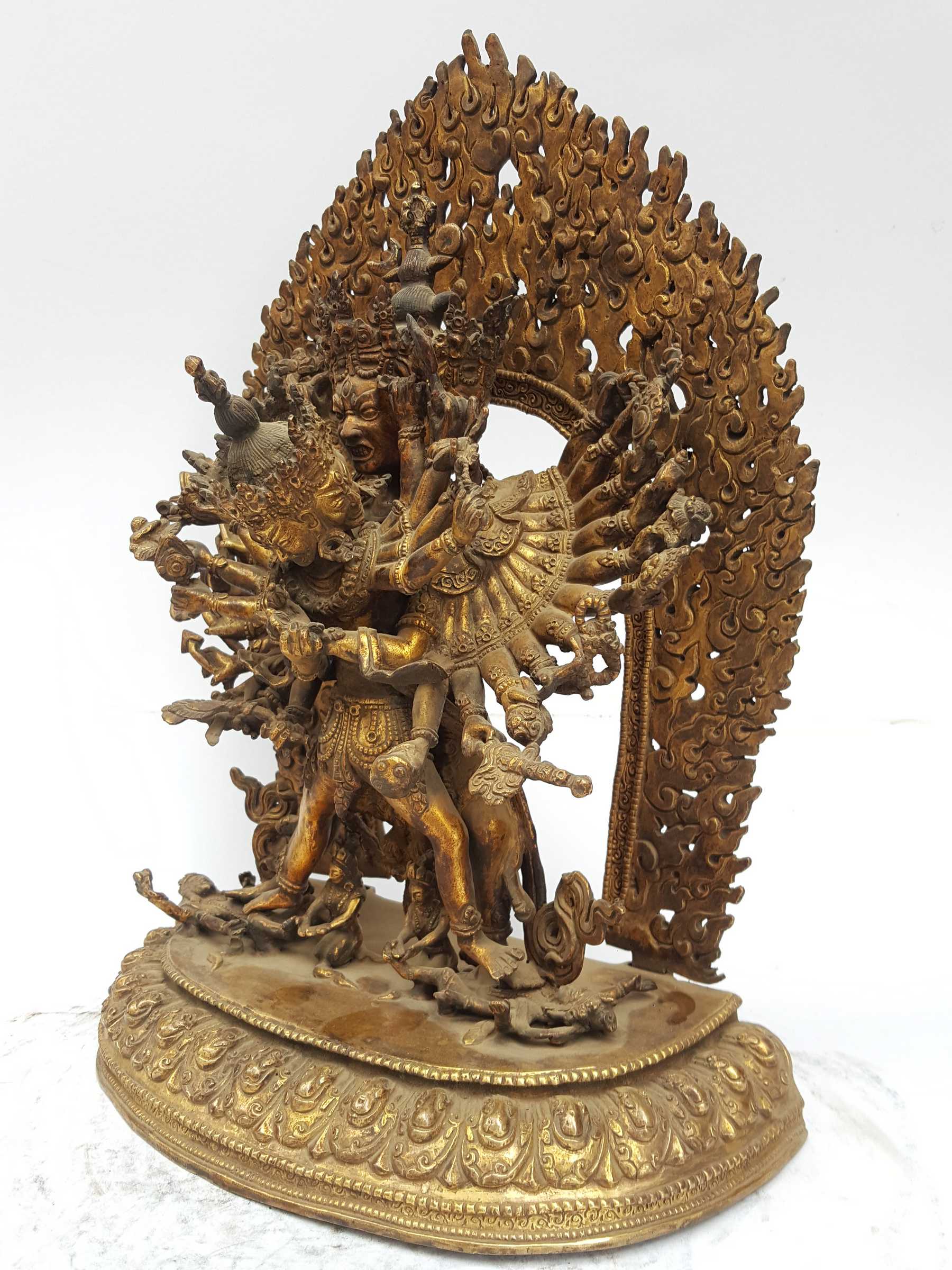 of Kalachakra
of Kalachakra 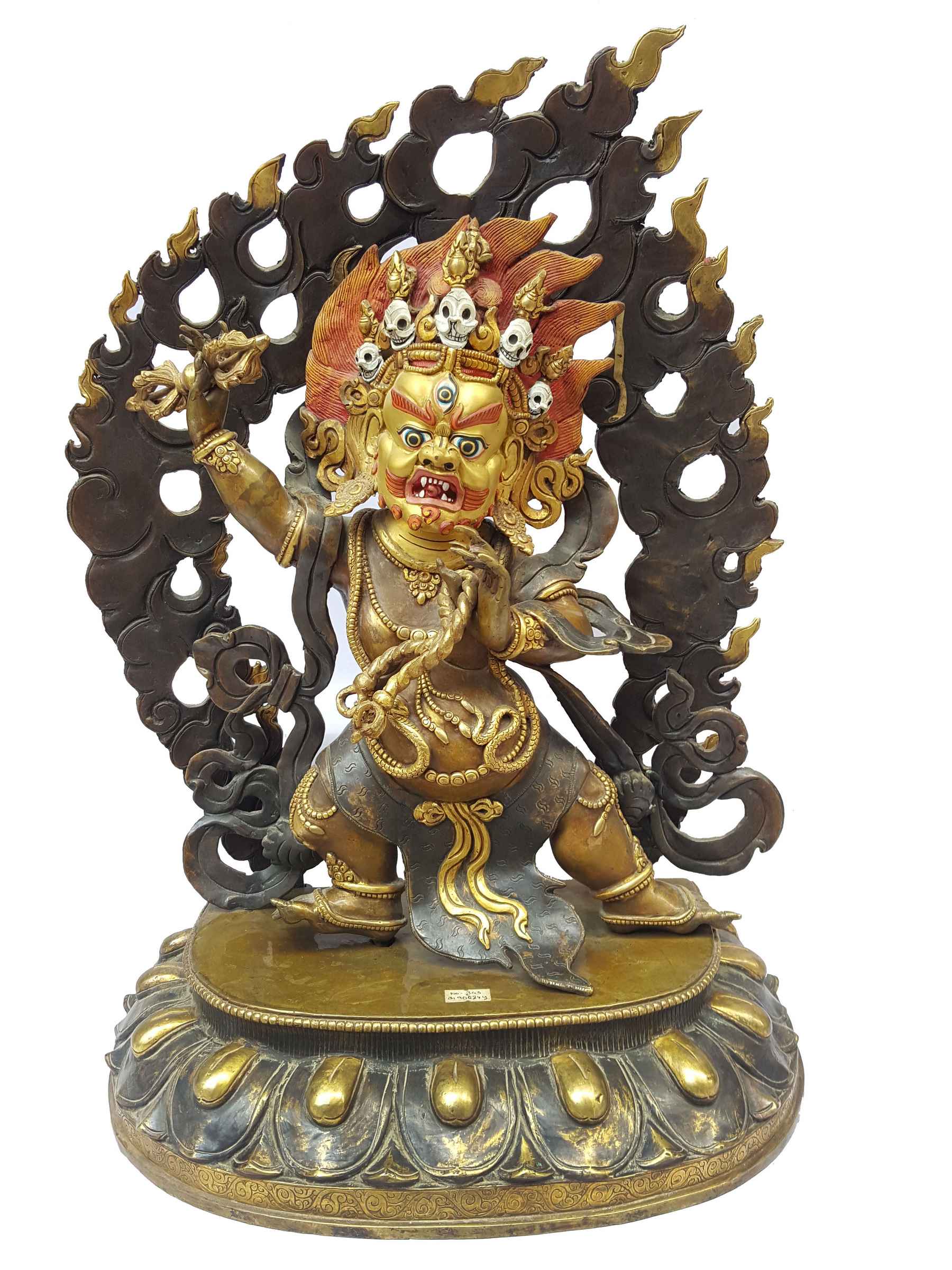 Chana Dorje Statue
Chana Dorje Statue 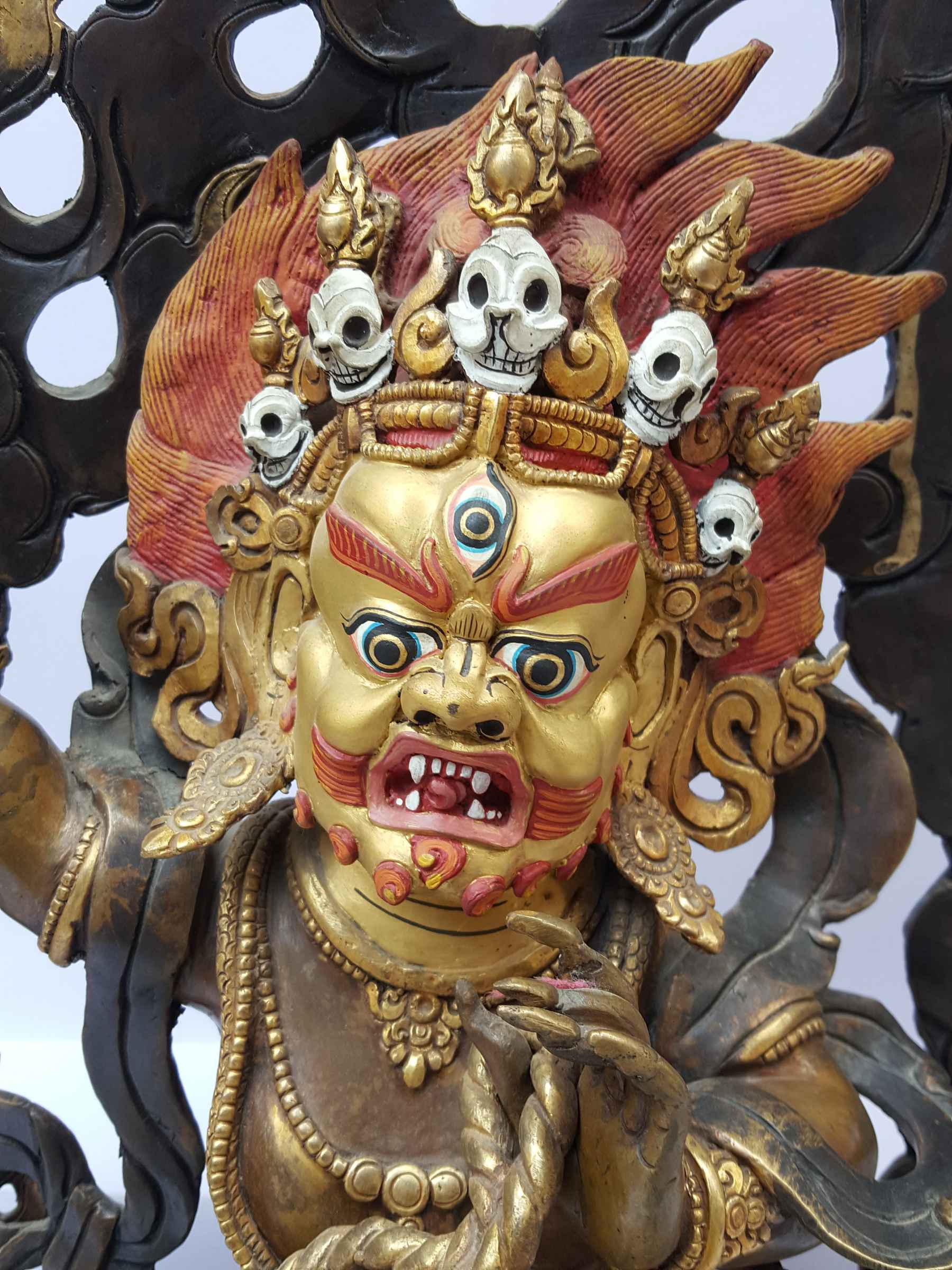 Chana Dorje Statue
Chana Dorje Statue  of Secret Accomplishment Hayagriva - Heruka,
of Secret Accomplishment Hayagriva - Heruka, 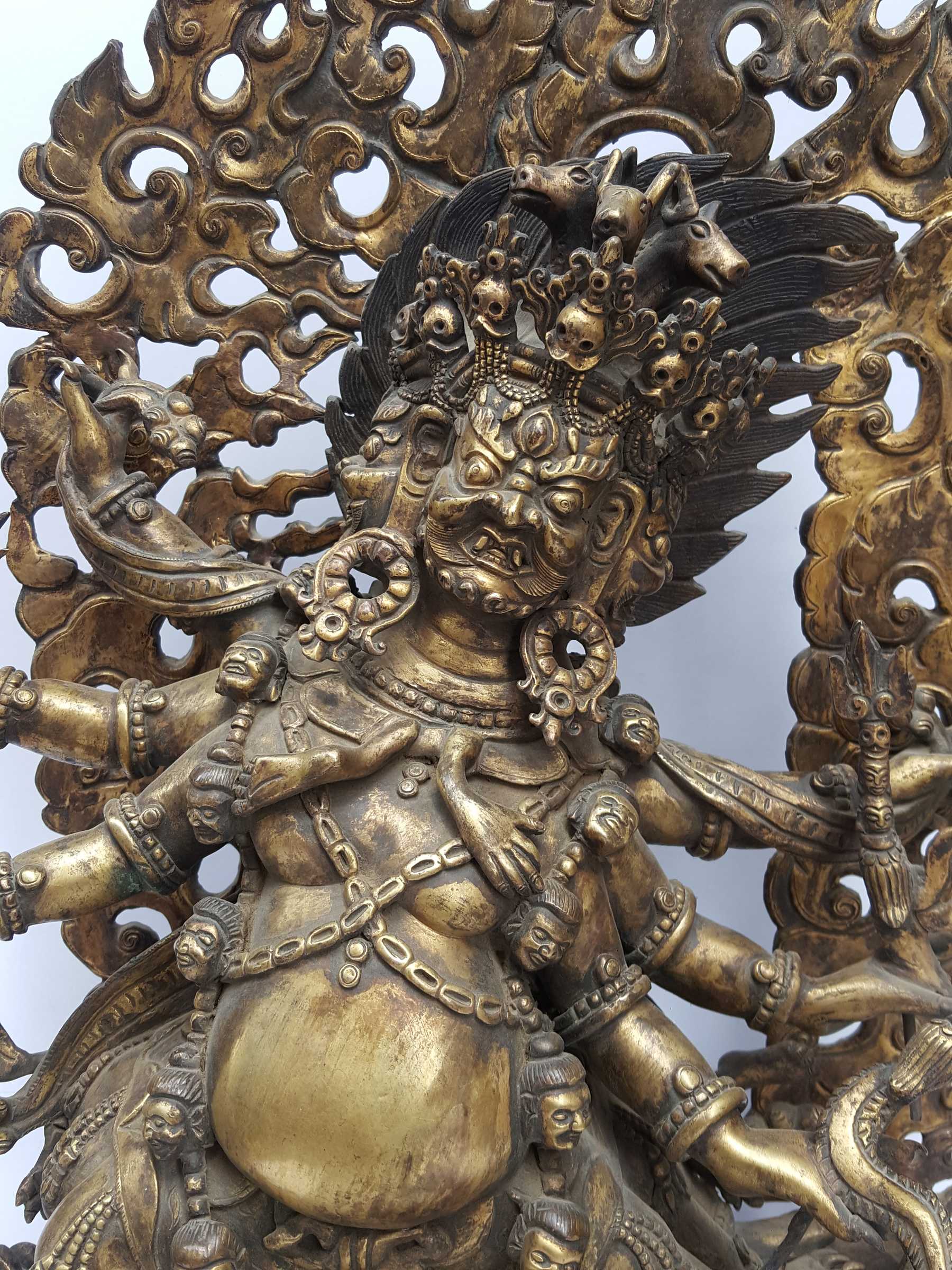 of Secret Accomplishment Hayagriva - Heruka,
of Secret Accomplishment Hayagriva - Heruka, 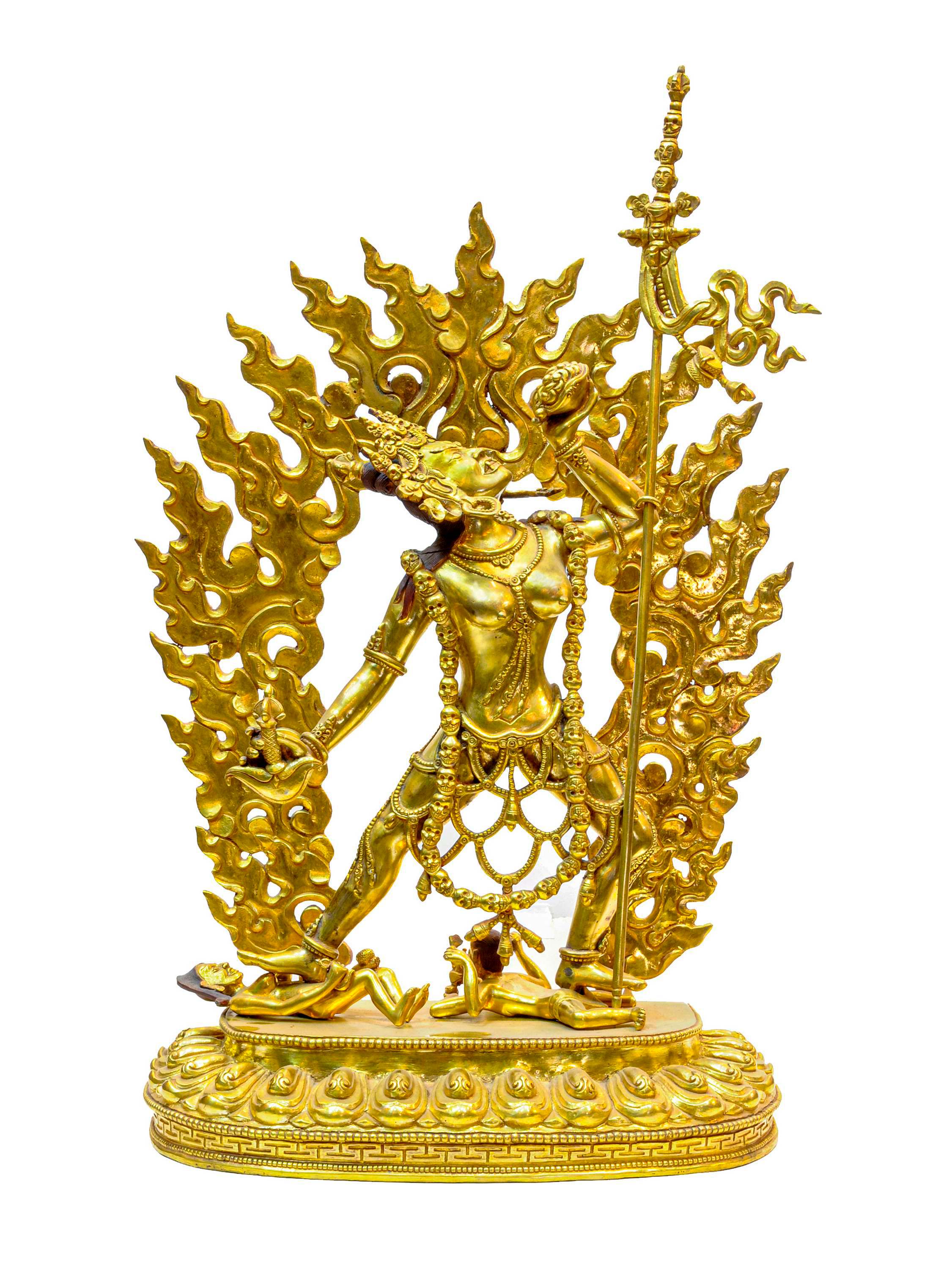 of Vajrayogini,
of Vajrayogini,  of Vajrayogini,
of Vajrayogini, 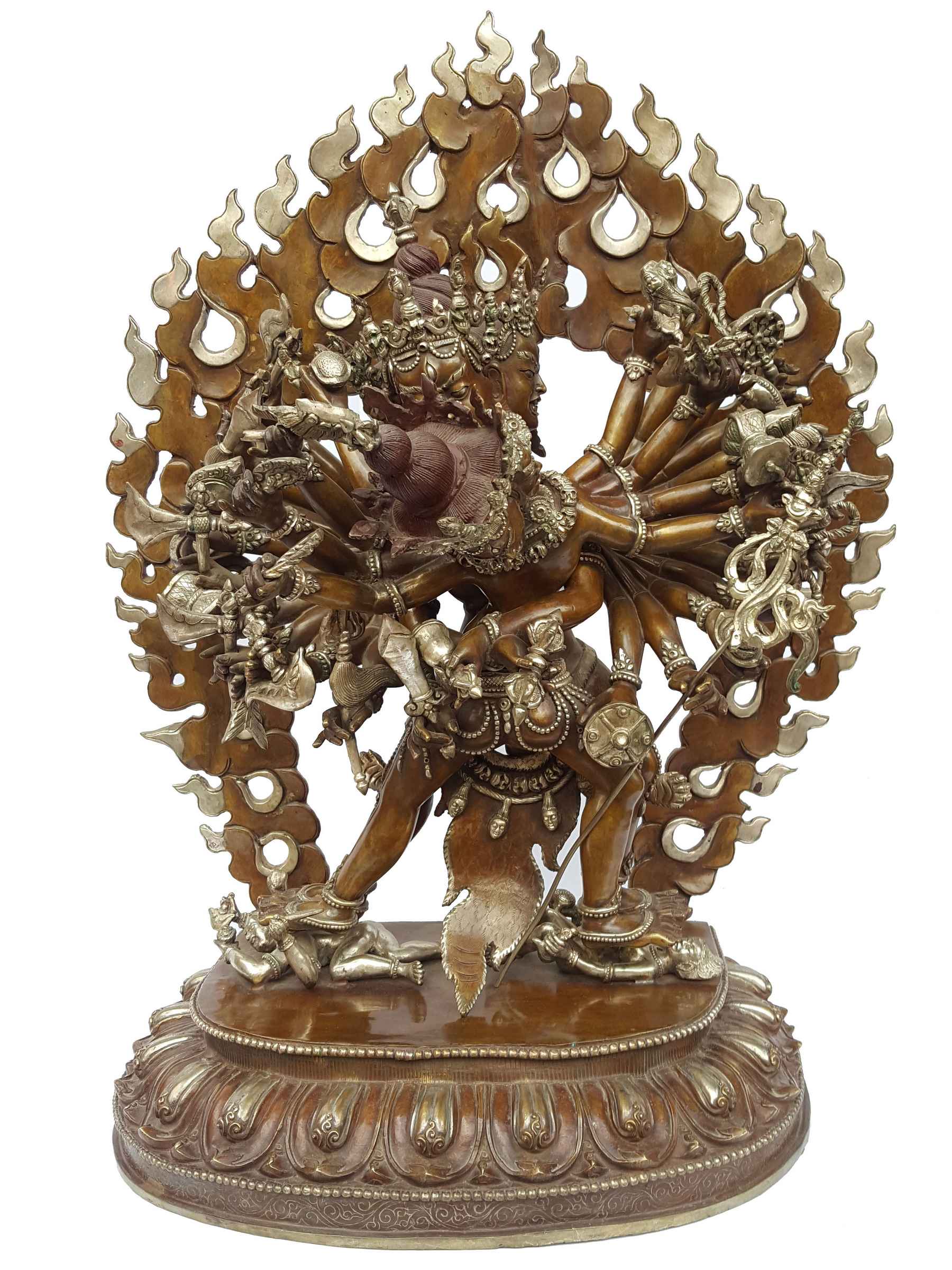 Silver Plated,
Silver Plated, 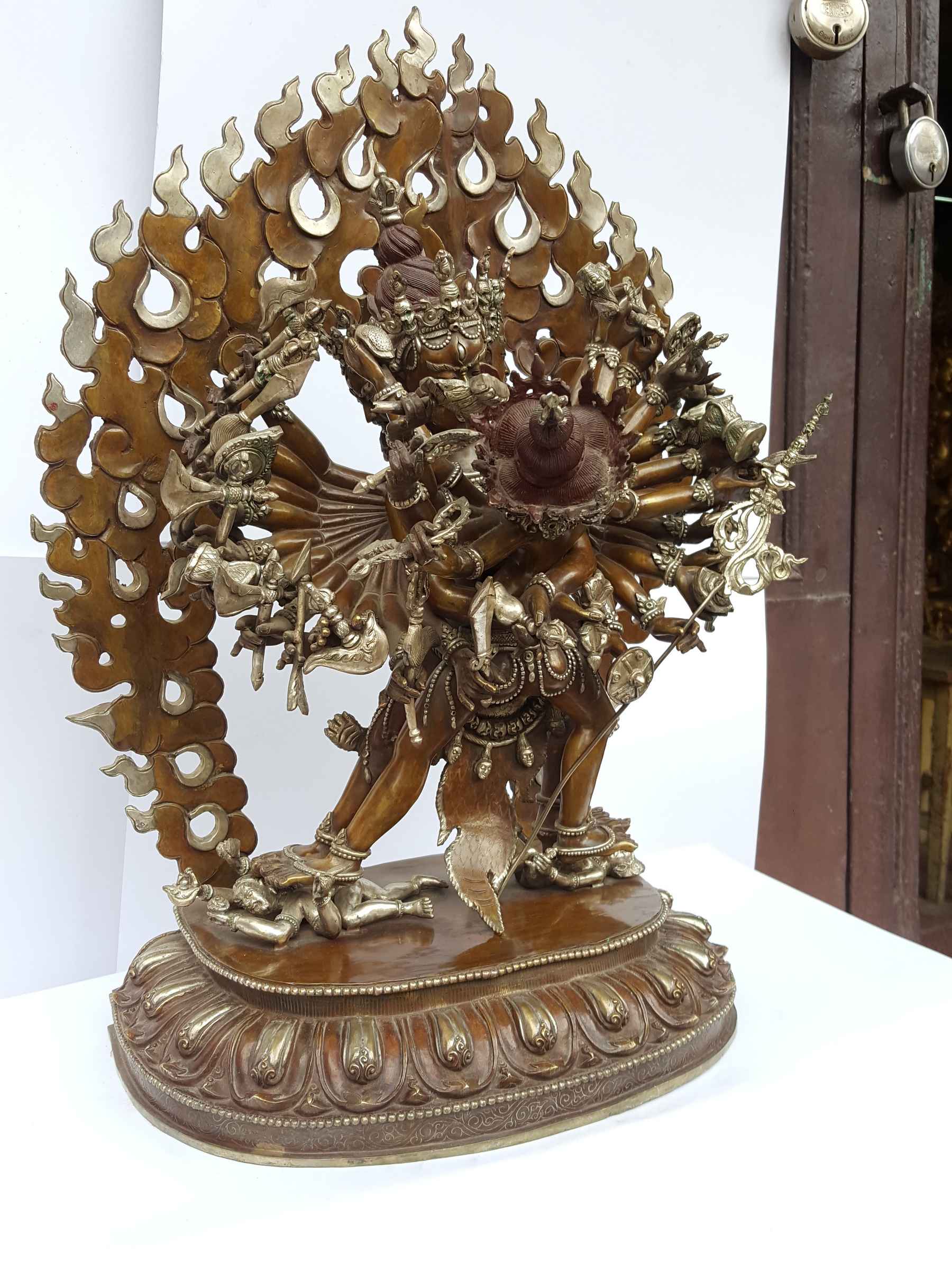 Silver Plated,
Silver Plated, 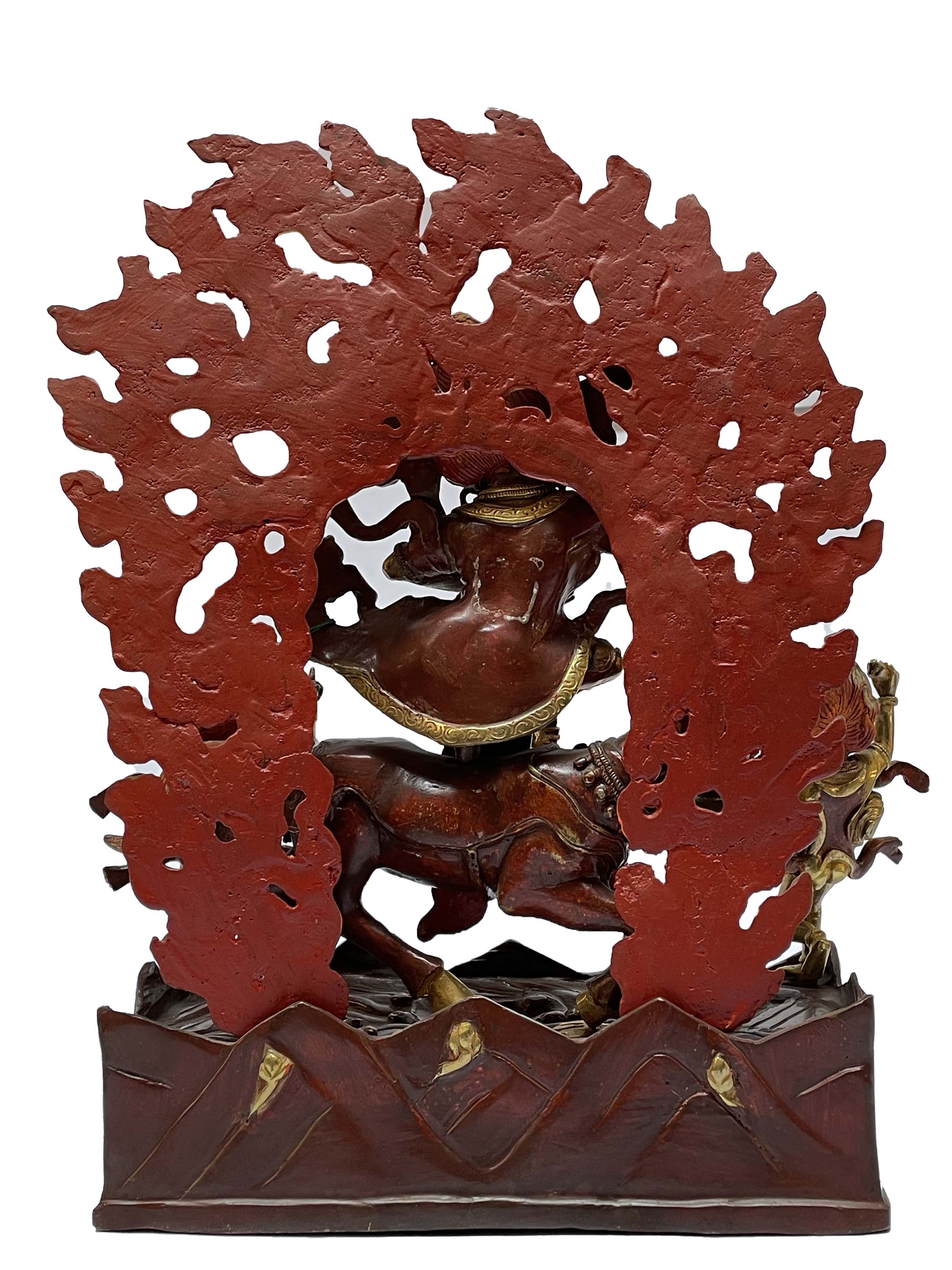 of Palden Lahmo,
of Palden Lahmo, 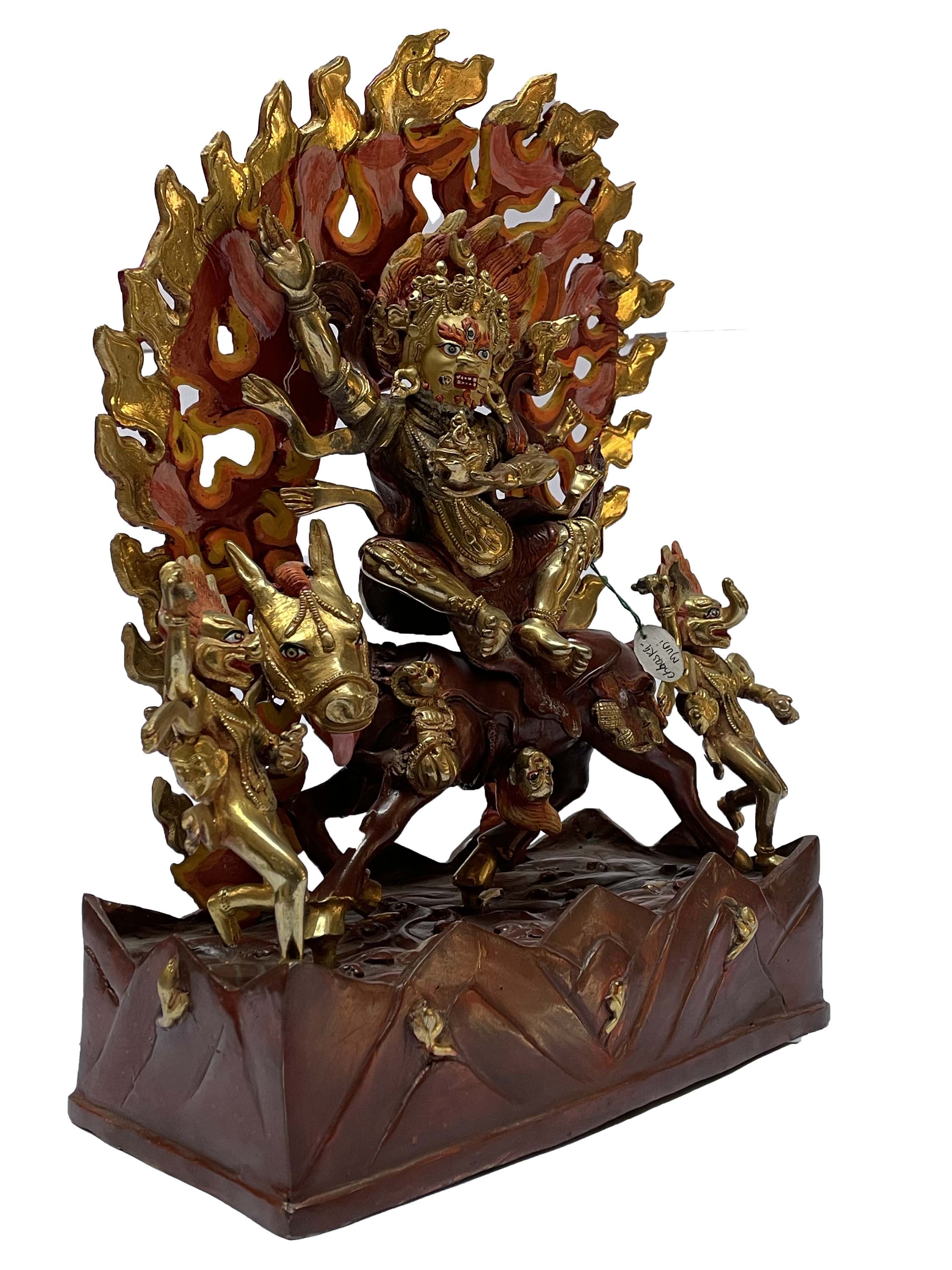 of Palden Lahmo,
of Palden Lahmo, 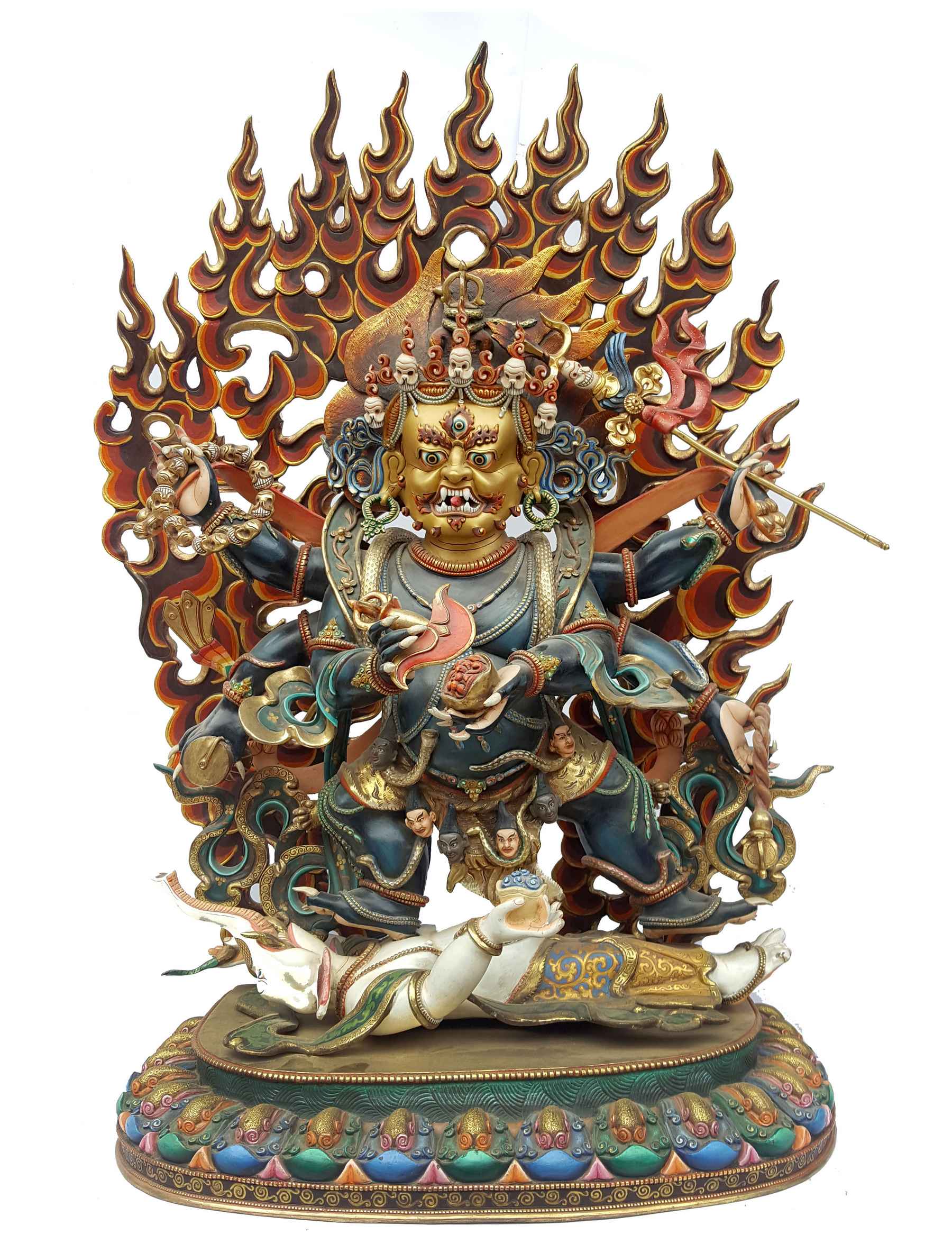 and Traditional Color,
and Traditional Color, 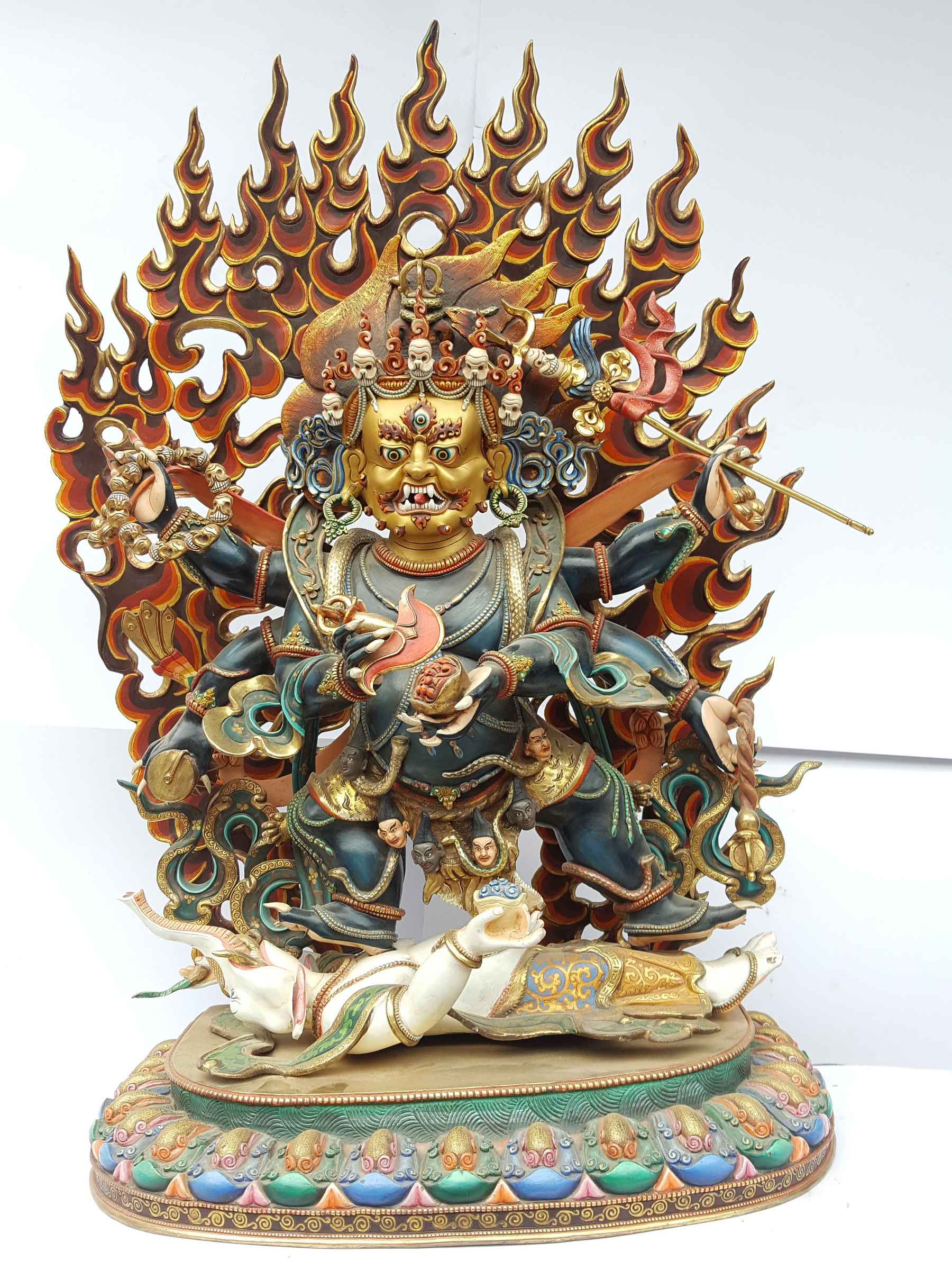 and Traditional Color,
and Traditional Color, 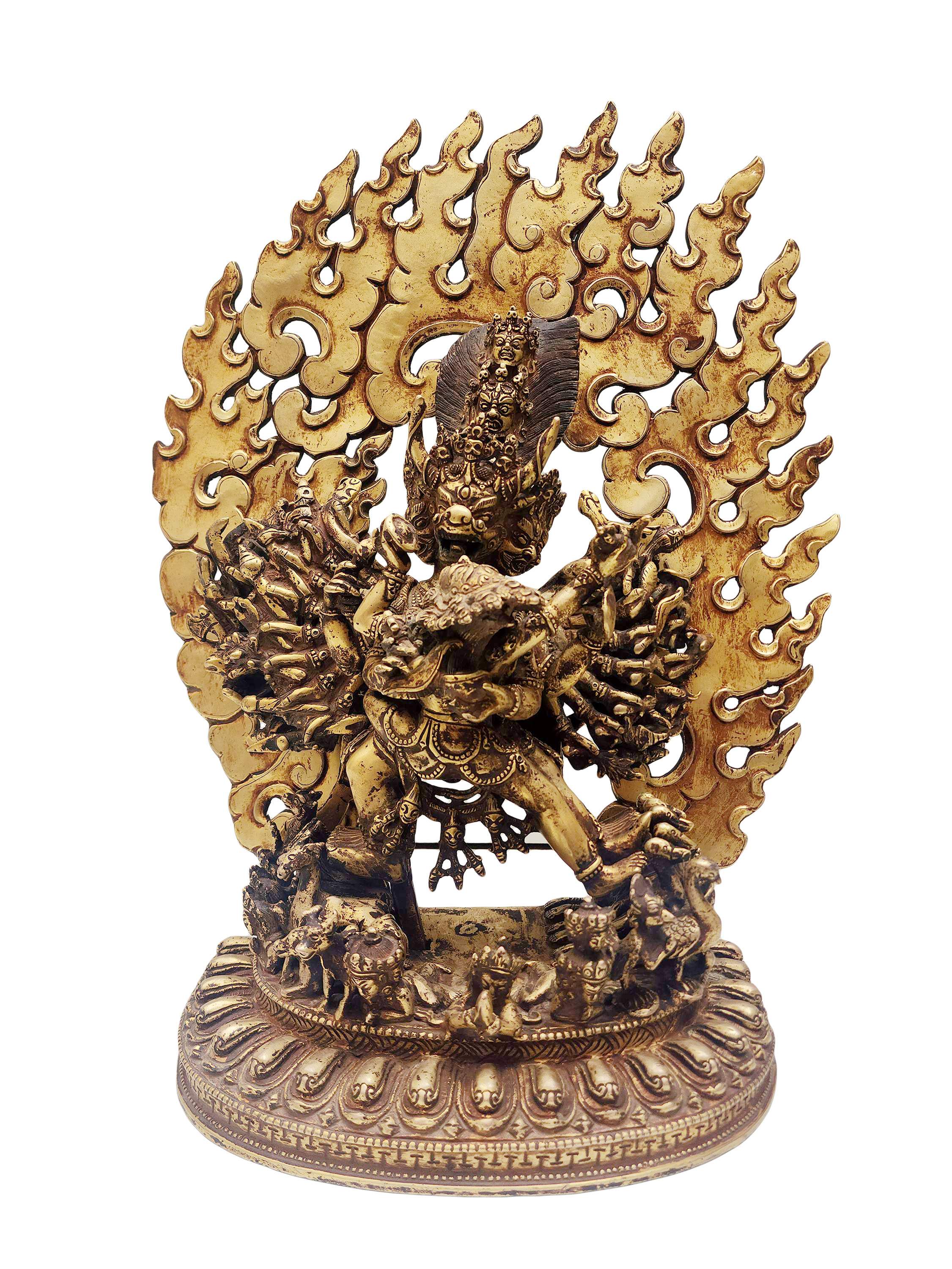 of Yamantaka,
of Yamantaka, 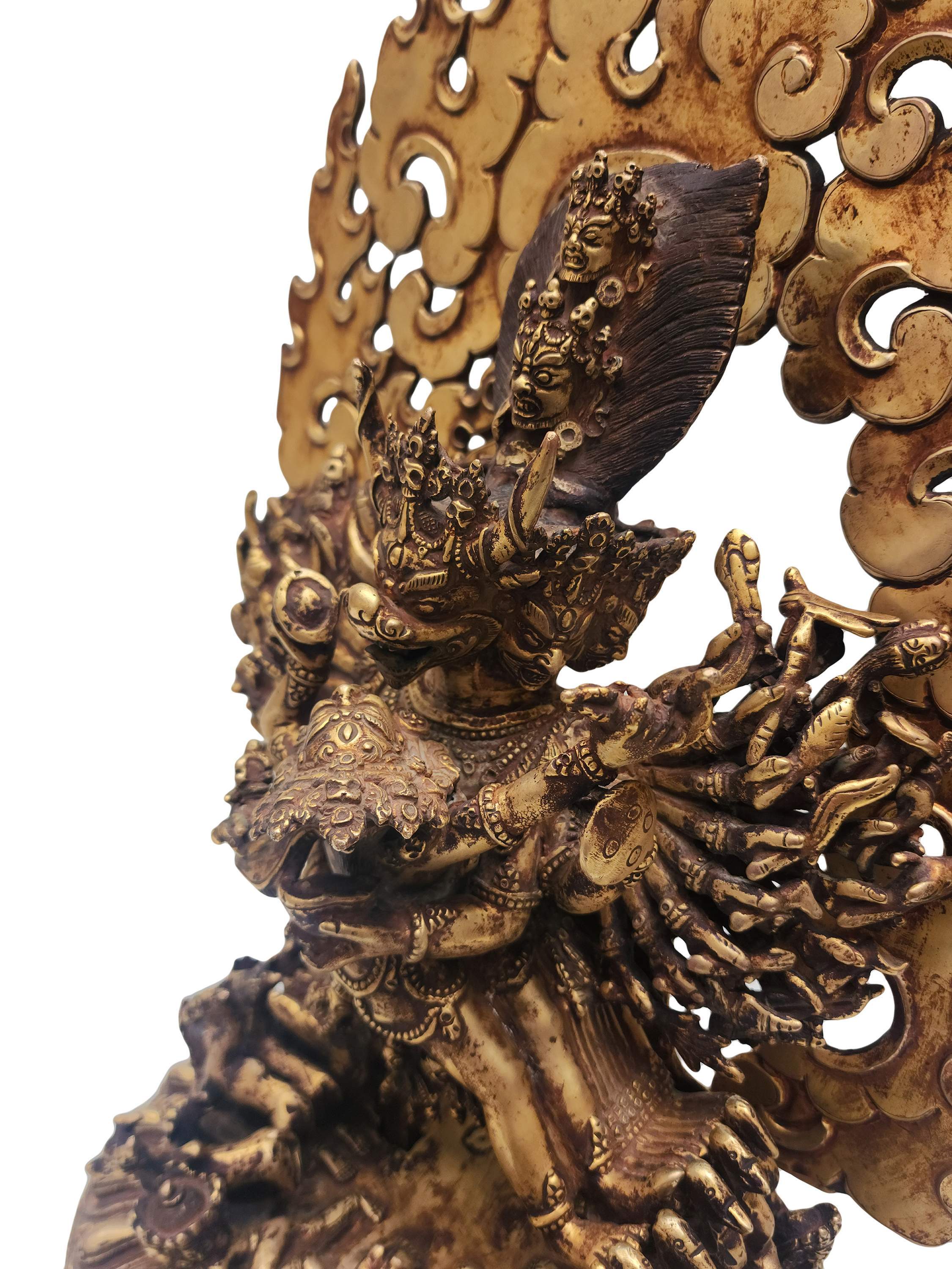 of Yamantaka,
of Yamantaka,